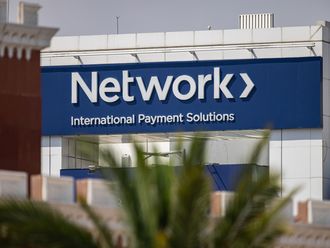Dubai: Monetary developments outside Europe present a risk to Eurozone. Higher US interest rates could lift European rates well above the region’s nominal GDP growth rates, and, as we have recently seen, worsen the weak liquidity position.
If that happens, the ECB’s Outright Market Transactions programme could provide an effective shield, but since its announcement in August 2013, the banks have not used the programme and so its effectiveness has not been tested. Under that programme, the bank may make purchases in secondary, sovereign bond markets, under certain conditions, of Eurozone bonds.
Bank liquidity still relies heavily on the ECB’s Long-Term Refinancing Operation (LTRO) scheme. Banks in the Eurozone have repaid only $388 billion (Dh1.4 trillion) of the $1 trillion programme.
“While the economy may be less of a drag on the banks in 2014, the fragile economic recovery is likely to provide only modest support for the sector. A prolonged period of low interest rates, which is even more accentuated after the ECB’s rate cut in November, restricts banks’ earnings capacity, although declining deposit costs provide some respite,” said Jean-Michel Six, chief economist for Europe, the Middle East and Africa.











